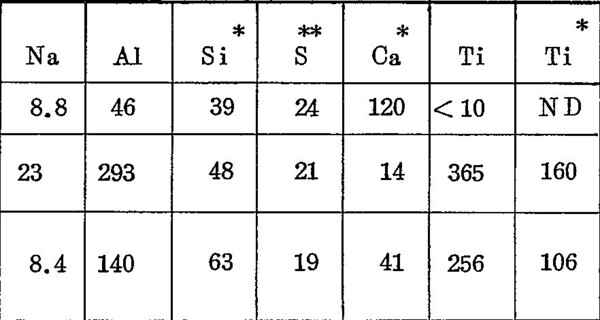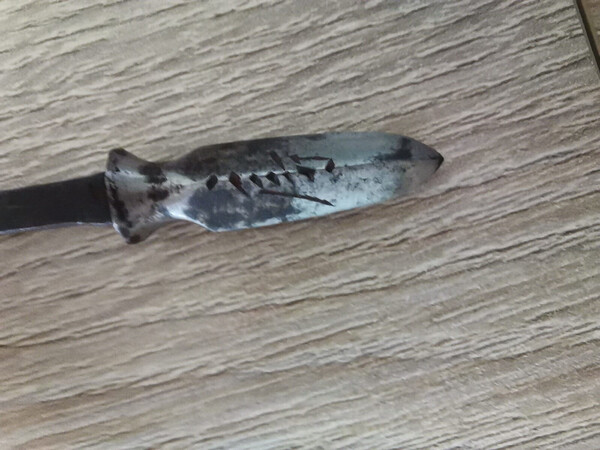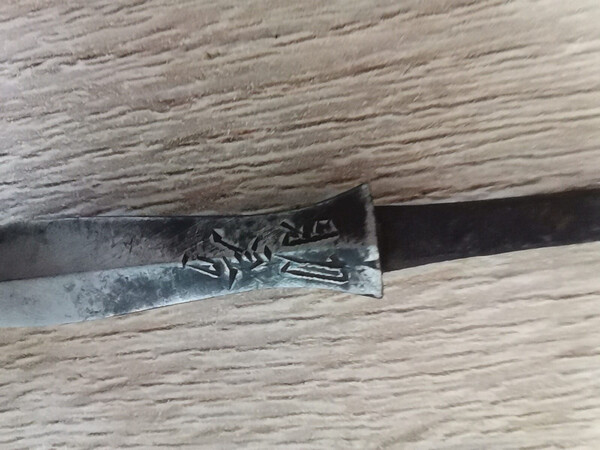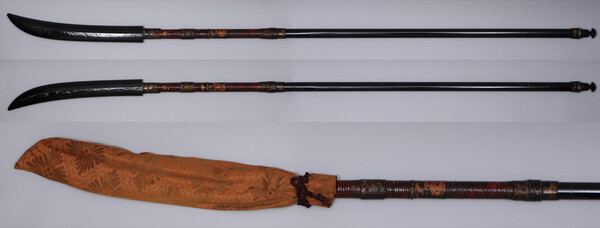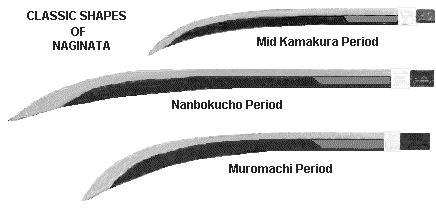
Moritsuchi
Members-
Posts
26 -
Joined
-
Last visited
Profile Information
-
Gender
Male
-
Location:
Heidelberg, Germany
-
Interests
Everything related to Arms and Armour, Japan and History. The more of each the better. Besides the beauty of Japanese Blades I also like to admire Stars, Galaxies and Nebulas through my Telescope.
Profile Fields
-
Name
Florian
Recent Profile Visitors
The recent visitors block is disabled and is not being shown to other users.
Moritsuchi's Achievements
-
Sorry for my late response. Had a lot of work the last two weeks. I am going for this: Helmet from the MET. I thought this may be a good place to start, because of the small parts and I think bronze is easier to work with. I haven't found out how to make the round top part, my guess would be that it is either casted or punched. I've got a DC1 Steel now, that was easy to get and cheap, so if I make mistakes (which I surely will) it isnt a huge financial loss. Thank you for the papers, I'll take a look at them when I am home. Do you have any resources you could reccomend for someone starting to get into Japanese armour making? I've got the book by trevor absolon and one by suenaga masao which is in prewar Japanese, so beyond my reading abilities at the moment, but neither of them go really into details of how to start. I made a cardboard mockup of some kozane and tried lacing them together which I then want to repeat in nerigawa/tetsuzane when I have found the best dimensions and worked out, how many of which type of sane I need.
-
Hi, I've noticed a lot of you guys are making armour, so I thought this would be a good place to ask: What modern Steel is the best equivalent for ancient Japanese steel? I've got some papers analysing impurities, but I have no clue about modern industry steels, which comes closest to the historical stuff. EDIT: These are parts per million, Carbon content was around 0.3% down from likely 3% in the raw material (these are samples for the Nara- and Heian-Period, I am going for a Kofun-Helmet I want to reproduce, thats the closest analysis I found. I've found also tables for newer material, that changes a bit of course, but the general gist of high Titanium, Aluminium and Nickel stays the same.) Probably the best would be Tamahagane? But buying 30kg of Tamahagane is out of question, I guess most of you also haven't won enough lotteries, so what do you use? Florian
-
Polishing/restoring of Arrowheads
Moritsuchi replied to Moritsuchi's topic in General Nihonto Related Discussion
What? 15cm head on 64cm shaft? That sounds more like a yeri, doesn't it? Ive seen such blades listed under the category of yari. How much do they weigh? Florian -
Hi all, I've recently aquired some Yanone. As they are pretty rusted, I think the'd greatly benefit from polishing/restauration, but I don't think a Japanese Togishi has the time to work on something as trivial as arrowheads, nor do I think the cost of sending to Japan and back and polishing them stands in any reasonable relation to their value. Is there anyone in Europe/Germany who is able to professionally restore them for reasonable price? What would a reasonable price be? I've never sent a sword for polishing, so I have only a rough idea how much it would be for a sword, and no idea how long one arrowhead would take compared to a sword. (They are like 150€ each) Or are there any other things you could advise? I can't even sharpen a knife so there's no way I will abuse any antiques with anything other than a piece of cloth and oil, no worries, but that won't bring them to shine, so what would you reccomend? Florian
-
-
Hi all! I've recently aquired some Yanone, some of which have mei. I can read a good chunk of it, but maybe someone can help me identify if my readings are correct and if they refer to a known smiths. Also if you have any information on the period and usage of each type of yanone, I'd be grateful. Yanone 1: I think it is 信 and 高, my guess would be Nobutaka? This one is Katakana, does anyone know why? I read it as Sunonfusa, but I probably mix up some katakana... (embarresing for a second year student of Japanese studies, but I never use katakana ) Edit: Suke- or Suchifusa might be possible, too This one is probably 石道, which I would read as Sekimichi This is twice with the same characters, I've chosen the best pictures, but I am lost on the first, the second is 助 I think and finally, this one are the same characters as above, but I can't read the second... So if anyone has thoughts on them, I'd be grateful. Florian
-
@Matcha That sounds very interesting, but I somehow can't open the link. Do you have a PDF or something? Edit: Nevermind, I googled it and saw that I already have it as PDF, but thank you anyways
-
I found this Naginata online, with koshirae etc. what do you think of it, has it got any red flags I don't see? It is signed: omote : "河内守包定" ura : "延宝四年八月吉日" Thanks, Florian
- 1 reply
-
- 3
-

-
What about the nagasa, can it also be viewed as a general trend that they become shorter as time goes on? The ones @Jussi Ekholm has in his presentation from Kamakura and Nambokucho all have blade lengths of ~70-90cm, with equally long nakago. The ones from Edo I saw were only around 40cm in blade length
-
@Matcha Thanks, the first one looks really promising. I'll definitely take a look into it. The SCAPIN are a really good source for the american perspective, I've also been shown a lot of Documents around them here, and best is: they are in english, I don't need half an hour per page to read haha
-
Hello all, before I look further on Ebay or so I thought I'd ask here first. I am looking for: - A Naginata, with full koshirae - Period is secundary, although I prefer pre-Edo-blades - EU only, Germany would be perfect, I'd be willing to pick it up in person - Budged would be around 2-3k, but I wouldn't let my dream blade pass if it is a little more, expecially if papered by a reputable source. (If you have a yari with full koshirae, I'd be interested, too) Kind regards, Florian
-
Well most obvious would be that the Tsuba was not intended for a naginata and just put on it, wouldn't it?
-
I mean I wouldn't mind having a later koshirae, even if it is edo or gendai, ANY koshirae would be fine to me. My Muromachi Era Katana also has a late Edo koshirae. I even asked around if anyone could make one, but I haven't found anyone who makes naginata, not to speak of a shaft for one. I'd be very interested in your powerpoint or pictures, as I have seen close to zero of actual (pre-edo) koshirae for Naginata.
-
@Jussi Ekholm I am a second year student of Japanese in University, so reading Japanese sources is not impossible to me, yet not like reading English. My primary interest is in pre-Edo-Blades. From what I saw I like the shape of Nanbokucho best. The biggest problem would be that I have found absolutely NOTHING on koshirae for a Naginata. On Facebook in the Japanese Polearms Group were some with shaft, but the few I found online for sale all had at best a shirasaya. Edit: I've ordered the book by Knutsen. Looking forward to reading it, hopefully it arrives this week. Edit 2: Here's the picture I found online from which I deduce my liking for Nambokucho:
-
Hi all, are there any good books or texts about Naginata (and Yari), comparing different schools, mountings etc? I've got a huge faible for polearms and want to buy one soon, but have no knowledge beside seeing two blades at the Tokyo National Museum and one lecture of Naginata-do at a Japanese High School and what can be read on Wikipedia. So is there anything you can reccomend?




